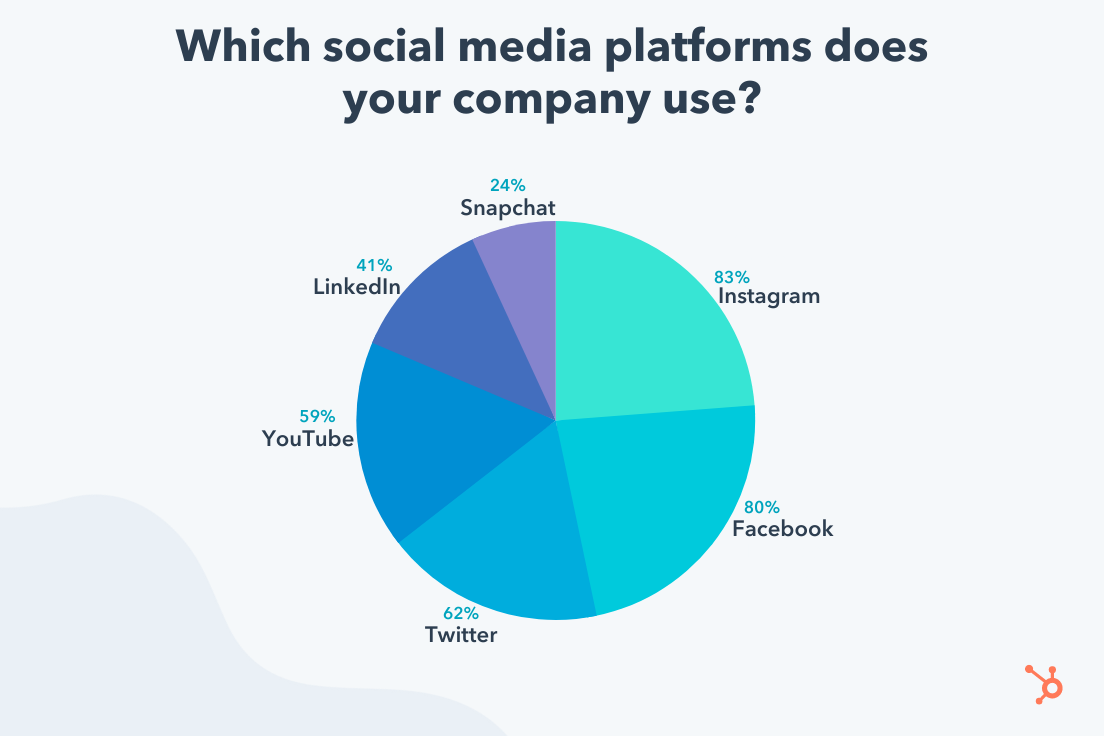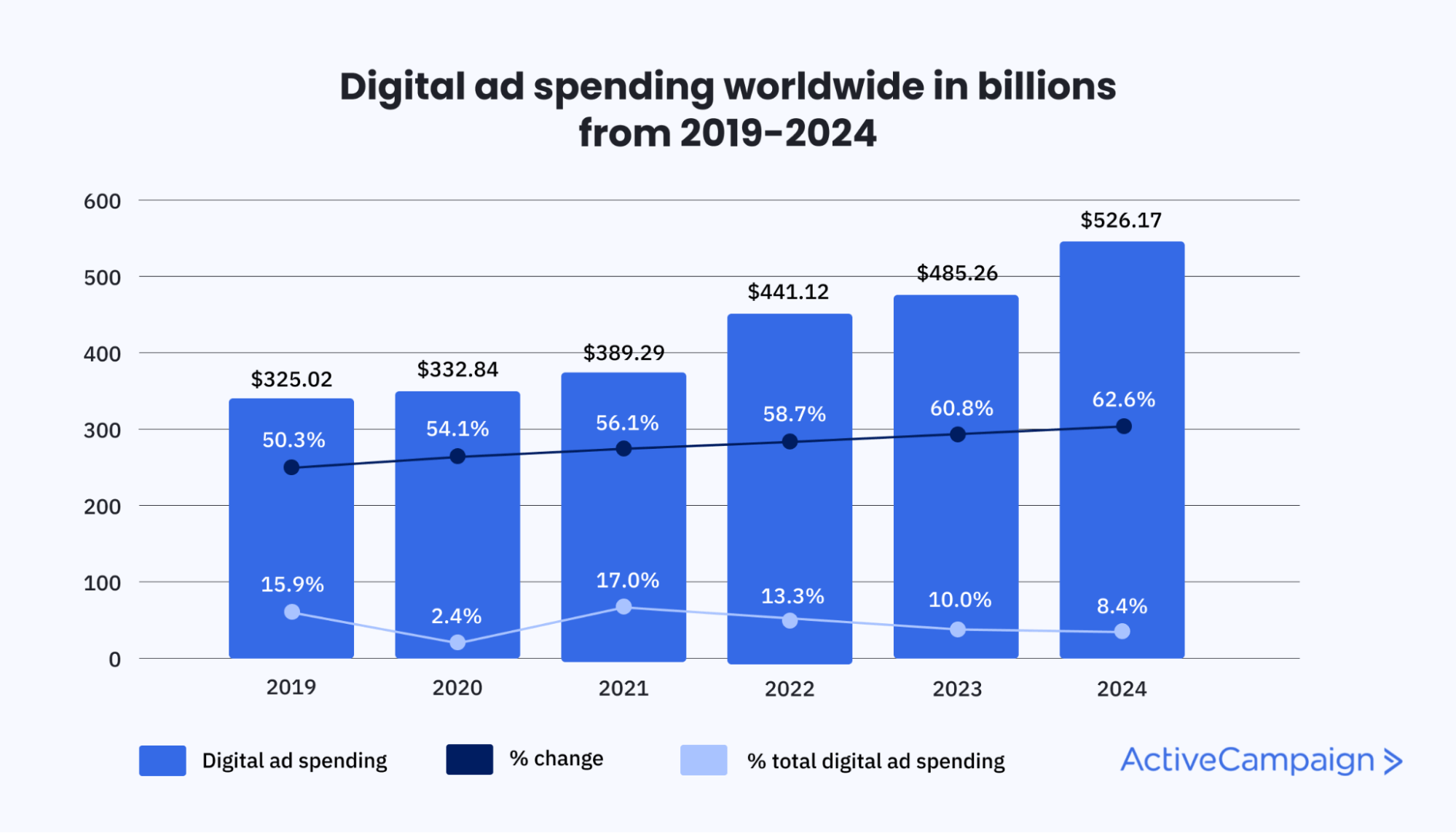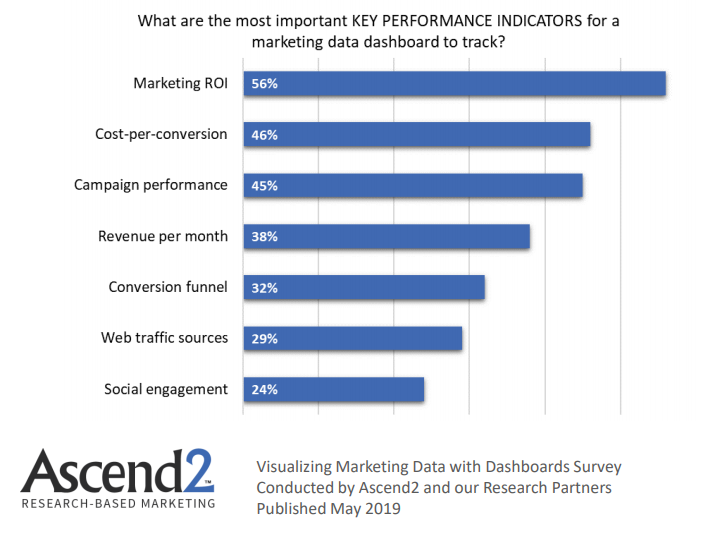Changing your plan for just the next 90 days will cause you less long-term hassle and stress. It means you can remain agile, and pivot your marketing efforts more quickly. It will also allow you to integrate these changes into future plans more efficiently, meaning your plan for the next 90 days will instantly be more current and less dated.
Secondly, a 90-day plan allows you to track KPIs in real-time, and respond accordingly. Measuring results over a shorter time period means you can react to successes, and failures, more quickly. If some aspect of your marketing hasn’t performed as well as you’d like in the last 90 days, you can change it for the next 90.
Finally, focusing on smaller chunks of time allows you to remain focused on your priorities, and plan in greater detail. Any targets you set will need to be met faster, as deadlines will rarely be more than 12 weeks away. This will keep your marketing teams on their toes. It will also mean that plans can focus on every detail, helping you to achieve those targets.
7 Steps to Creating Your Quarterly Marketing Plan
We’ve seen why marketing plans are important, and why it’s a good idea to focus on shorter periods of time when planning your marketing. Now it’s time to look at how to actually draw up your quarterly marketing plan template.
Here are seven steps to follow when creating your marketing plan. They might not all be relevant for your business, and you might not do them in exactly this order, but keep them in mind when planning and you won’t go far wrong.
Define Your Business’s Purpose
This will give you a central idea around which you can plan your marketing. Having a mission statement to refer back to helps you make sure all your efforts have a purpose. What is your business there to do?
In most cases, the answer will be to sell a product or a service. But that’s not all to consider. How do you want to go about doing that? What image do you want your brand to project? What impact do you want your business to have on the world?
This will help inform your overall marketing content strategy. You can then revisit it every quarter when you draw up your marketing plan. How did you perform in the last quarter in terms of achieving your business goals? If not, what can you do differently this quarter to get closer to your targets?
Setting a mission statement will give you a short, succinct phrase you and your employees can always refer back to. For example, PayPal’s mission statement is:
“To build the web’s most convenient, secure, cost-effective payment solution”.
You can see how, in one sentence, the main goals of the company have been set out. PayPal’s employees can refer back to their mission statement and are constantly reminded of their company’s core values. How’s what they’re doing making payment convenient, secure, and cost-effective? How is their marketing conveying that to their customers?
2.Assess the Current Situation
A great place to start when you come to drawing up the actual details of your plan is to look at where your business is now. How did you perform last quarter? How does that compare to your business model? Which were your best-performing marketing channels? Were there any opportunities you missed?
Assessing your strengths and weaknesses will help you focus your efforts where they’re most needed. Then you can plan to make sure you’ve got the resources to seize those opportunities this quarter.
It can also help to take stock of where your direct competitors are in relation to you. What have they done that has really worked in the last quarter? Has their online marketing been more effective than yours in any area? If so, can you alter your plans to try and replicate that success?
There are several helpful planning tools that can help you do this. One useful option is the SWOT analysis framework.
| | S – Strengths - Existing brand
- Existing customers
| W – Weaknesses - Brand awareness/perception
- Technology/skills
|
O – Opportunities - New markets
- Collaborations
| SO Strategies Use strengths to maximize opportunities Attacking strategy | WO Strategies Counter weaknesses by exploiting opportunities Build strengths for attacking strategy |
T – Threats - Competitors
- Marketing channel Conflicts
| ST Strategies Use strengths to counter threats Defensive strategy | WT Strategies Build defensive strategies to counter weaknesses and threats Build strengths for defensive strategy |
3.Set Your Marketing Goals
When you’re an online business, your marketing is the only way customers can find out about what you offer. There’s no physical store they can stumble across on their way to work, and no salesperson they can talk to to have products recommended to them.
This means that your marketing goals need to be clear and precise, to make sure your marketing is doing its job:
- Bringing in new customers
- Persuading them to buy your products/services
- Encouraging them to return and purchase from you again
Depending on the age and success of your business, you may wish to focus on one of these marketing objectives more than the others. This is where your marketing goals come into play. Let’s take a look at a few different business models below.
- A new startup or small business looking to develop a loyal customer base will wish to draw in lots of new customers. This means their marketing goal will be to increase traffic to their website.
Action: set a target to increase their first-time website visitors by a set percentage by a certain date.
- A more seasoned business that wants to increase online sales may be more concerned with showing off new products or advertising special offers.
Action: set a goal of increasing their conversion rates by a set percentage over a set time frame.
- A well-established business may wish to encourage repeat purchases from their already well-established customer base. Their marketing efforts would be more focused on enticing lapsed customers back with discount codes or other incentives.
Action: increase their percentage of customers who make more than one purchase by a set amount.
By setting goals and targets like the examples above, you can continually refer back and see whether your marketing efforts have been successful. You then know what to change, and what to keep the same when planning for the next quarter.
4.Identify Your Target Market
Once you’ve established what your marketing goals are, it’s time to determine how you’re going to communicate with your customers. In order to know how to do this, you need to have an idea of who your ideal customers are.
A good way to establish this is to draw up customer personas. These are general representations of the types of people who are likely to want to purchase from you. They will cover the motivations, preferences, and purchasing behaviors of these personas. This will allow you to develop marketing methods that will specifically target them.
In order to develop these personas, you’ll have to do a bit of research. Market research is incredibly important in any area of an ecommerce business, such as looking at purchase order examples before drawing one up for the first time. It’s no different when it comes to marketing.
Marketing research could be done with customer surveys. The more information you can gather about your customers, the better. This will allow you to build up more detailed personas, and allow you to better plan your marketing tactics. What are your customers’ ages, genders, shopping habits, and pain points?
It can be helpful to know which social networks they use, so you know where to find other new customers with social media advertising.





















